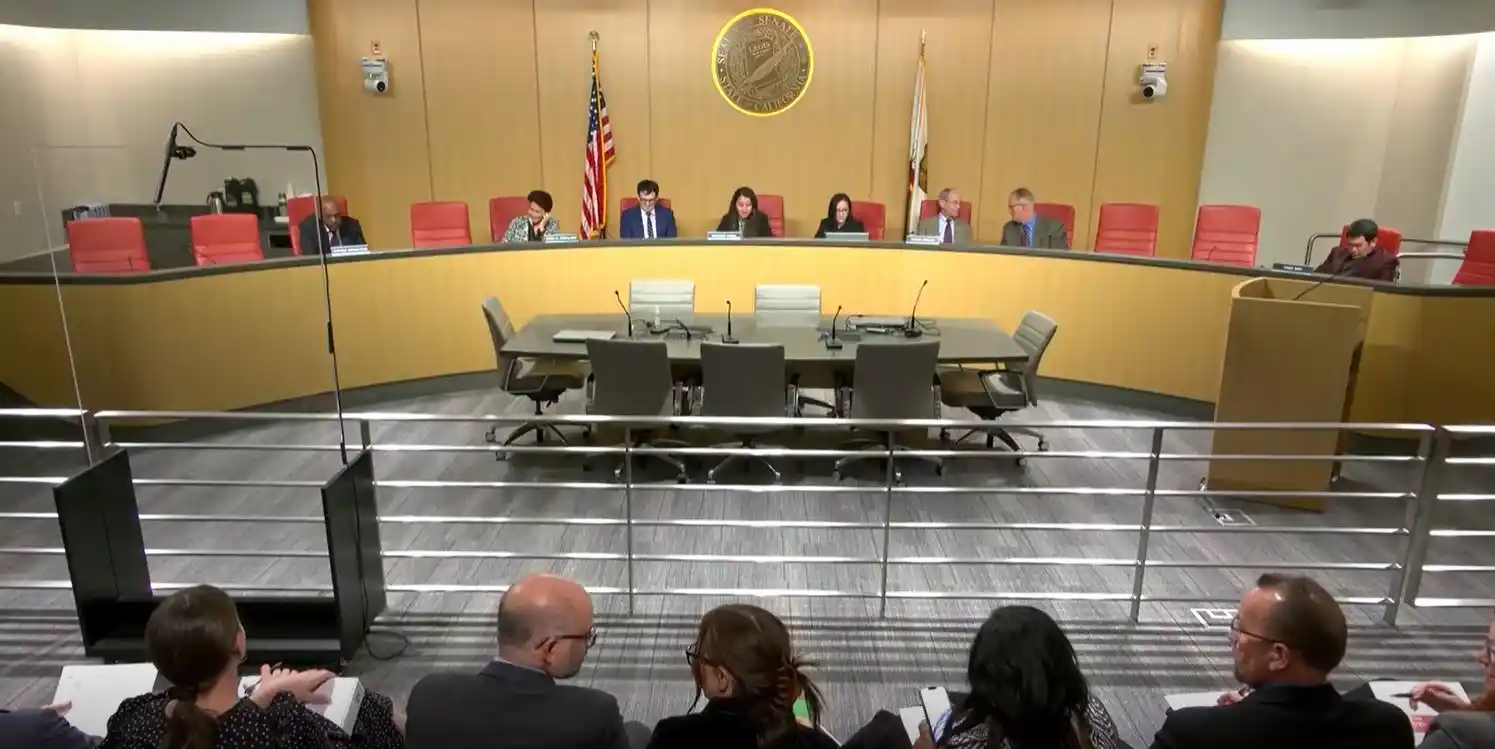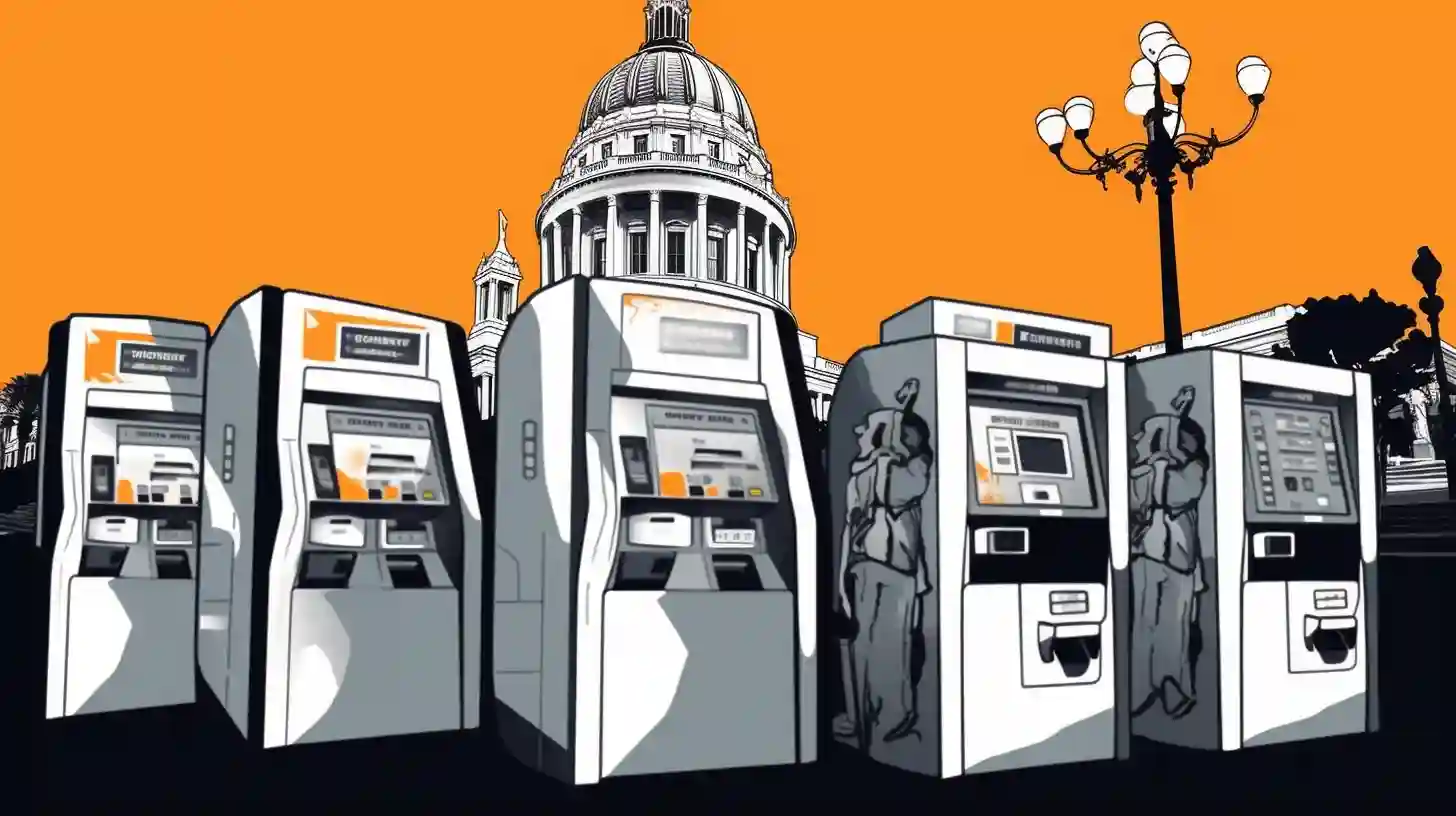Understanding and Adapting to California’s Coming Crypto Regulation Changes
By now, you’ve probably caught wind of California’s big regulatory move in the crypto world with the passage of AB39 and SB401. It’s like the Golden State has rolled out a new rulebook for the crypto game, and let’s face it, these aren’t just small tweaks. They’re about to give the crypto business landscape in California a whole new look. So, what’s the game plan? Well, that’s exactly what we’re diving into. This post is your guide to not just understand, but also skillfully adapt to these legislative curveballs. Follow the roadmap we’ve laid out and you’ll be ready for 2024 and the changes ahead.
Related: If you aren’t up to speed, check out our blog from last September
Quick primer/recap of AB39 and SB401
 AB39 establishes a state money transmitter licensing framework for crypto exchangers under the California Department of Financial Protection & Innovation (DFPI). It parallels existing money transmitter licensing requirements in other states, with provisions for AML, cybersecurity, and other risk management policies. Some notable, nuanced features include the granting of a “conditional license” to businesses already maintaining a BitLicense in New York, an exemption mechanism for certain businesses or business models at the discretion of the DFPI, and a dedicated section that addresses the issuance and support of stablecoins.
AB39 establishes a state money transmitter licensing framework for crypto exchangers under the California Department of Financial Protection & Innovation (DFPI). It parallels existing money transmitter licensing requirements in other states, with provisions for AML, cybersecurity, and other risk management policies. Some notable, nuanced features include the granting of a “conditional license” to businesses already maintaining a BitLicense in New York, an exemption mechanism for certain businesses or business models at the discretion of the DFPI, and a dedicated section that addresses the issuance and support of stablecoins.
- Standardized AML, cybersecurity, and risk management policies mirroring those in other states.
- A conditional license for businesses already holding a BitLicense.
- The ability for the DFPI to exempt certain fact patterns or businesses from licensing requirements.
- Special provisions for the issuance and regulation of stablecoins.
AB39 is set to take effect on July 1, 2025, giving businesses (and the DFPI) ample time to adapt but also necessitating early preparation.
SB401 focuses on cryptocurrency kiosk operators. It mandates that operators provide disclosures to consumers, detailed transaction receipts, sets both transaction and fee caps, and requires the reporting of kiosk locations to the DFPI. Key elements of the bill include a 15% transaction fee cap, a $1,000 per person per day transaction limit, and a requirement that the operator cite the licensed crypto exchange used for calculating transaction spreads. The latter is designed to prevent any hidden fees, and enable consumers to understand and comparison shop, based on the “true” cost associated with transacting an exchange via crypto kiosk.
- Mandatory consumer disclosures about transaction irreversibility and amounts in both fiat and crypto.
- A cap on transaction fees at 15%, and a transaction limit of $1,000 per person per day.
- Disclosure of kiosk locations to the DFPI
- Providing customers with a transaction receipt that includes, among various pieces of information, the licensed crypto exchange used for spread calculations.
This bill has staggered effective dates, with various provisions coming into force on January 1, 2024, and January 1, 2025.
Key Compliance Strategies for 2024
To navigate these regulatory waters, businesses should undertake several steps:
Sprucing Up AML Program – Think of your AML Program and supporting policies and procedures as living, breathing documents that need routine maintenance and, at times, a little TLC. While there’s never a bad time to read, review, and, if necessary, update your policies and procedures, AB39 and SB401 are a rallying call to dive in and make sure things are properly aligned. This might mean a makeover to your AML and KYC protocols, sharpening your risk management strategies, making sure your customer disclosures are crystal clear, or any number of other specific actions. It’s like updating your favorite playlist – keeping the classics but adding some new hits to stay fresh.
Leveraging Technology – Utilize technology solutions to streamline compliance and enforce certain elements of the legislation. Automated systems can aid in transaction monitoring, reporting, maintaining up-to-date records, and otherwise helping to carry out AML and KYC reasonabilities. For kiosk operators, tech can and should assist in enforcing the $1,000 per person, per day transaction limit, 15% fee cap, on-screen consumer disclosures, and the preparing of a detailed, uniform receipt for customers completing a transaction.
Training and Awareness – Get everyone on your team in the loop. It’s like prepping for the big game – everyone needs to know the playbook. Educate your crew about these new regulations and compliance needs. It’s not just about following rules, but understanding why they matter and why compliance is everyone’s job. This way, everyone’s rowing in the same direction, making sure your ship stays on course.
Challenges and Solutions
Adapting to AB39 and SB401 presents challenges, such as integrating new compliance practices and managing operational changes due to transaction and fee caps. Solutions include:
Engaging with Compliance Experts – Think of compliance experts as your personal guides in this regulatory jungle. They’ve got the map and the know-how to help you find the best path forward. It’s like having a local guide when you’re exploring a new city.
Technological Adaptation Provides a Smoother Ride – Time to give your tech tools a tuning or possibly even an upgrade. Be sure to invest in compliance software that’s nimble and ready to adapt to these new laws. It’s like swapping your old bike for a shiny new one – faster, more efficient, and ready to tackle those hills.
Tap Into Your Community – Stay in the loop with your industry friends. Sharing insights and tips among peers and maybe even friendly competitors who value compliance is a no or low cost value-add. If you haven’t already, start forming your own such community, a sounding board to bounce ideas off of and enhance your knowledge. You’ll learn a lot, and hey, it might even be fun!
Getting Ready for Implementation:
For some, the timeline already began on January 1, 2024. And, let’s face it, 2025 will be here in a bitcoin minute. Here’s how to get your ducks in a row:
Circle Those Key Dates – Keep an eye on those deadlines, plural. Mark them on your calendar, set reminders, do whatever it takes. Remember, in the fast-paced world of crypto, time speeds by like a lambo.
Review and Revise Operations – Give your operations a thorough check-up. Compare what you’re doing now with what AB39 and SB401 mandate. It’s like tuning your guitar to make sure it hits all the right notes.
Dive into Available Resources – There’s a treasure trove of resources out there from industry associations and regulatory bodies. Dive in and use these resources to ease your transition. Think of it as having a GPS for your compliance road trip.
Conclusion
AB39 and SB401 are making waves and changing the conditions in big ways for California’s crypto scene. Getting a jump on these changes isn’t just smart; it’s crucial for keeping your business compliant and sailing smoothly.
Imagine you’re traveling into unchartered waters – you’d start preparing supplies and mapping your route well in advance, right? It’s the same deal here. Dive in and get started now, and you’ll be navigating choppy waters and crosswinds like a pro, keeping your crypto venture ahead of the curve.
Feeling a bit lost in the maze of state regulatory changes? At BitAML, we’re not just observers, we’re seasoned travelers in the diverse landscape of crypto regulatory compliance. Think of us as your guide in the world of crypto regulation. We’re here to help you plot your course, avoid the pitfalls, and find the best path forward. Reach out to BitAML today to explore how we can bolster your compliance efforts and schedule a consultation to strengthen your state compliance strategy.


